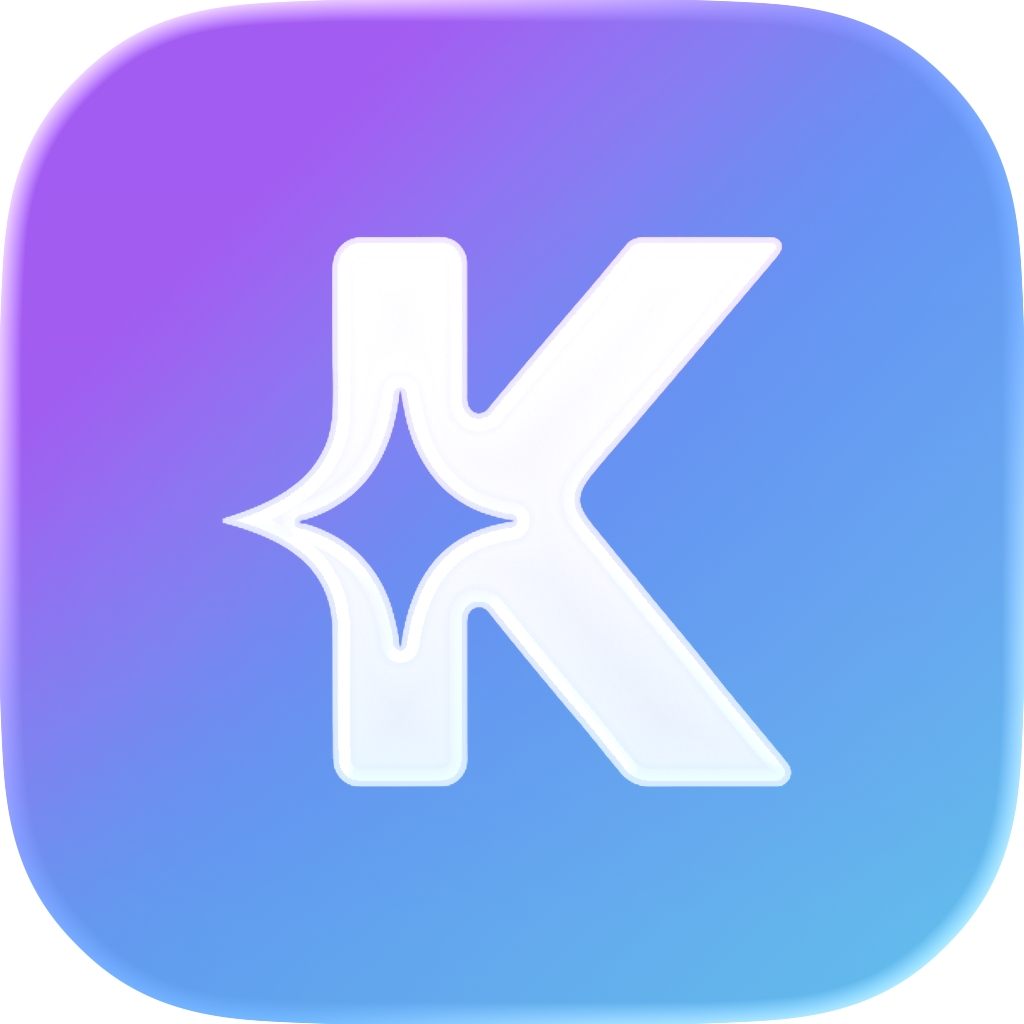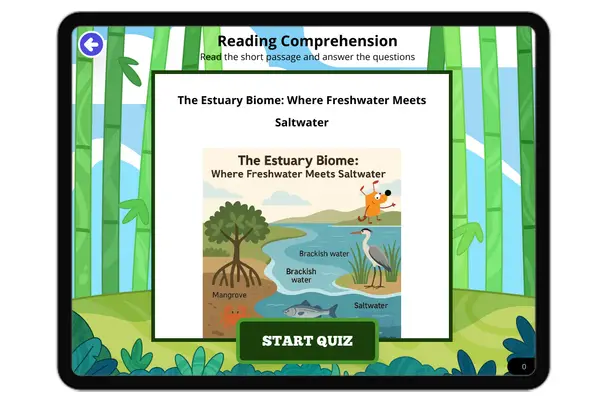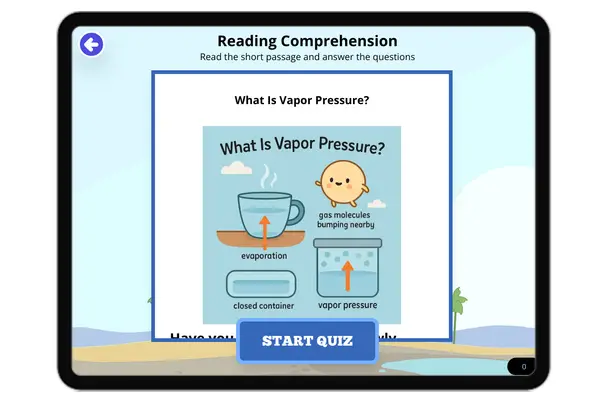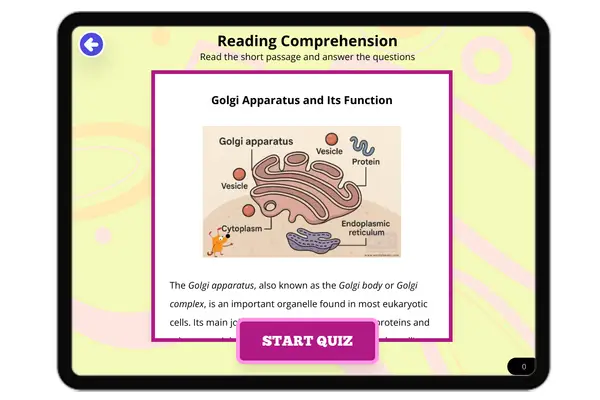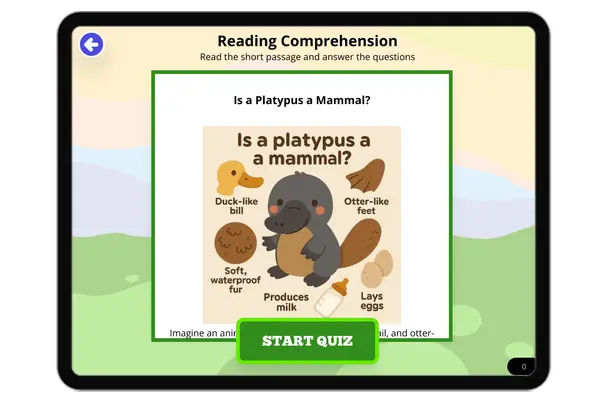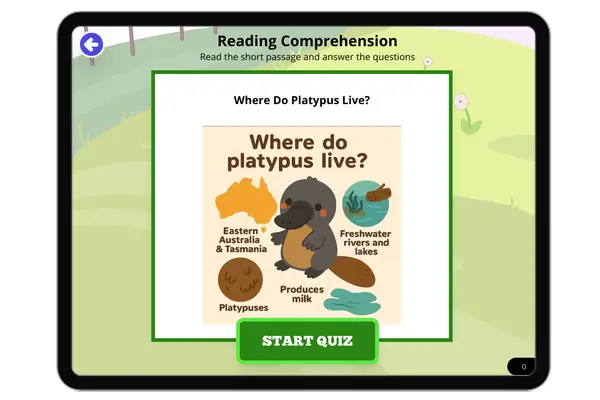Rudolf Virchow and His Contribution to Cell Theory — Reading Comprehension
Premium Resource
Grades
- 5
- 6
- 7
- 8
Standards
- MS-LS1-1
- MS-LS1-2
PRINT+DIGITAL RESOURCE
This learning resource is available in interactive and printable formats. The interactive worksheet can be played online and assigned to students. The Printable PDF version can be downloaded and printed for completion by hand.
About This Reader
This NGSS-aligned science reading passage introduces students to Rudolf Virchow, a key historical figure in cell biology. Supporting standard MS-LS1-1, it explains how Virchow added the third part of modern cell theory: that all cells come from pre-existing cells. His work helped disprove spontaneous generation and connect cell biology to the study of disease. With vocabulary like 'pathology,' 'cancer,' and 'cell division,' this middle school passage supports reading comprehension and provides real-world relevance to life science and health topics, all while meeting the expectations of the Next Generation Science Standards.
Perfect For:
👩🏫 Teachers
- • Reading comprehension practice
- • Auto-graded assessments
- • Literacy skill development
👨👩👧👦 Parents
- • Reading practice at home
- • Comprehension improvement
- • Educational reading time
🏠 Homeschoolers
- • Reading curriculum support
- • Independent reading practice
- • Progress monitoring
Reading Features:
📖
Reading Passage
Engaging fiction or nonfiction text
❓
Comprehension Quiz
Auto-graded questions
📊
Instant Feedback
Immediate results and scoring
📄
Printable Version
Download for offline reading
🔊
Read Aloud
Voice-over with word highlighting
